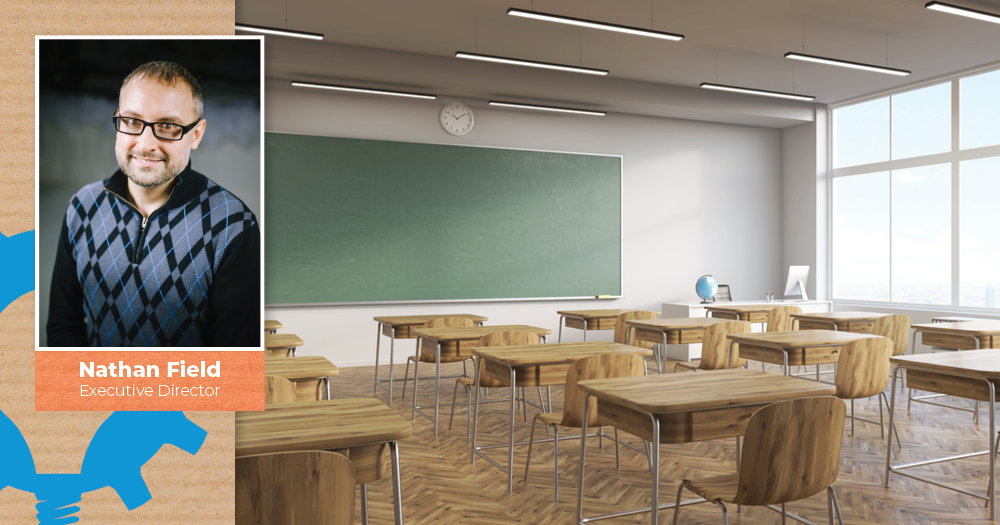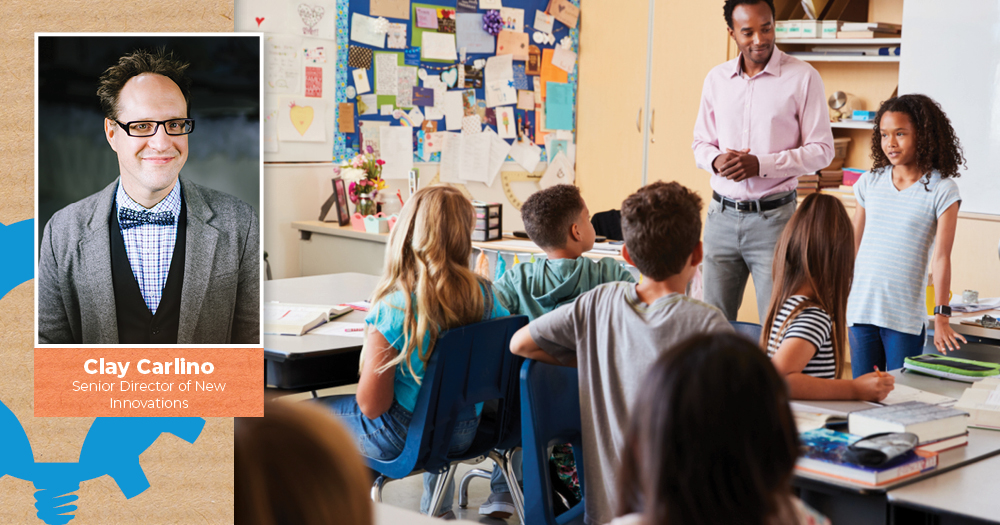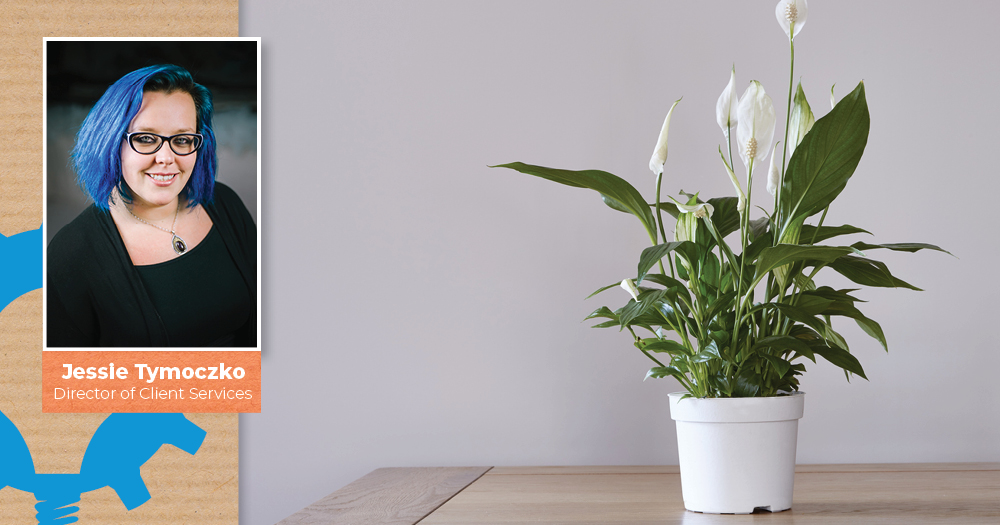Our Best Tips for Converting Classrooms into Creative Spaces
Teachers are always looking for new ways to inspire their students. We asked members of the Inventionland® Education team to give us their top three tweaks teachers can make in the classroom spark student creativity.
Nathan Field, Executive Director

Eliminate assigned seats. If two students who don’t get along have to sit next to each other, they might not be comfortable expressing themselves. Giving students a chance to sit next to students they get along with goes a long way in creating a comfortable classroom environment.
Next, keep in mind that a change of scenery is a good thing. Schools used to be under the impression that students need to look at the chalkboard and not daydream out the windows. But studies have proven that nature inspires creativity. By changing the front of the room to a space that lets them see nature, you are inspiring them. It’s also not a bad idea to have desks in a circle. Giving all students a chance to see each other when they’re talking not only improves public speaking skills, but also encourages discussions.
Finally, if you’re incorporating STEAM challenges, make sure students are applying what they’ve done to the world around them. Yes, these challenges are fun and a great way to have students interested in the learning process, but if they can’t see how building a tower out of spaghetti and marshmallows applies to their lives or to the content you need to teach, then you aren’t using your time wisely. Give students a chance to reflect and make sure you add time to teach students the importance of the lesson.
Clay Carlino, Senior Director of New Innovations

Open-ended discussions are a great tool in helping kids learn. Instead of just having students memorize facts, ask them how they feel about events or ideas. Students remember lessons that strike a chord with them. And the easiest way to strike a chord is to ask them how they’re feeling.
I also think it’s really important to give students challenges that they won’t get right the first time. We have to teach students that it’s okay to fail at something and to keep trying until they get it right. Being able to reflect on work and how to change it is an important part of the learning process.
I also can’t put enough emphasis on the importance of teaching students how to present. Giving presentations is something we have to do throughout our lives and the more practice students can get, the better. This should be a skill taught in all classes.
Jessie Tymoczko, Director of Client Services

Don’t be afraid of color! Bringing bright pops of color into a classroom stimulates the mind and helps students think creatively. A bland and uniform classroom doesn’t inspire and students are more likely to zone out. Use resources like Pinterest for inspiration on gallery style walls full of color and art, look to your local hardware stores for discount paint, or even see if your local hardware or box store will donate paint to your classroom.
Ditch the teacher’s desk, or at least, minimize the space it takes up in the classroom. Take a look at your desk from your students’ perspective. Does it create a visual barrier, or is it an approachable space? Create a space that you can work in comfortably, but that also allows students to come up to you if they need to for a side conversation.
Do you have a green thumb? Bring it, and your plants, into the classroom! Living plants add color and a bit of nature to any space. You can give students the responsibility for watering them with a schedule, use them as part of lessons, or keep them as air purifying decoration. My personal favorite easy-to-care-for house plants are Snake Plants (Sansevieria trifasciata), Peace Lilies (Spathiphyllum), Aloe Vera, and Spider Plants (Chlorophytum comosum).